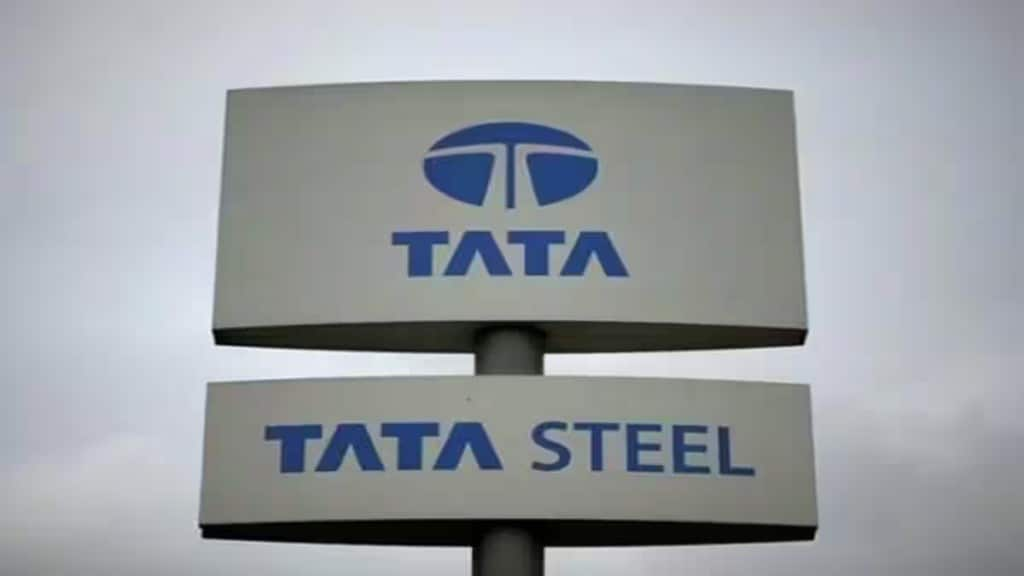By Jinesh Panchali
In a recent spree of consolidation transactions, holding companies are observed to have either merged their wholly-owned subsidiaries or consolidate stake in their partially-owned subsidiary. Tata Steel and Wipro have recently merged their wholly-owned subsidiaries into themselves, while Godrej Properties and Asian Paints have consolidated their stake in partially-owned subsidiaries. Complex issues of valuation and governance get raised where the holding company (H-company) buys out a third-party minority in its unlisted subsidiary (S-company). Parties are observed to have indulged in valuation extremes. Regulation protects the minority holder by ensuring that price offered is not less than fair value. But, the offer of seemingly extreme price to the exiting minority also raises concern, from the point of view of the shareholders of the H-company.
Companies operate through a large network of subsidiary companies for various strategic and regulatory reasons. Subsidiarisation and de-subsidiarisation are accepted structures for value creation. As per a SEBI-OECD survey (2020), NIFTY 50 companies have on an average of 50 subsidiaries/step-down subsidiaries.
The valuation of an unlisted subsidiary is carried out by applying one or more of three primary methods: asset-based, earnings-based, and market-based (relative) valuation. Market-based valuation is widely preferred for such structures, though it poses challenge of establishing the “equivalence”.
Valuation of an unlisted company is more complex than its listed counter-parts. First, the information about its business, finance, and governance is not easily available. Its adequacy is an issue. Second, its equity is concentrated among a few large shareholders. This makes the dissent over valuation more pronounced. Third, the vital parameters of valuation estimate are derived from its listed counterparts; hence, one must adjust for illiquidity.
Acquisition of equity stake in the S-company by the H-company is often infected by lack of objectivity in valuation, inadequate disclosures on valuation estimate and the real motivation for the transaction. The H-company, by definition, is positioned to influence the decision-making process of its subsidiaries. When it is party to the transaction, it can also influence the value estimate. Market analysts need to check if “arm’s length” prudence has been maintained in such transactions.
The following are compliances mandated to bring these transactions to public or shareholders’ scrutiny. One, under Section 186 of the Companies Act, 2013 (CA), related to inter-corporate investment; two, the disclosure requirement under clause 30 of SEBI (Listing Obligations and Disclosure Requirements) 2015 (LODR); three, LODR further requires an exclusive approval of the public shareholders of the H-company, if such consolidation is through merger; and four, under section 188 of the CA, the H-company and the S-company are considered as related parties and hence any transaction between them requires a scrutiny at board and audit committee level and subsequent disclosures. Alternatively, based on the relative size of the S-company, the size of the stake acquired, the nature of transaction being that of a merger, such scrutiny is bypassed as the transaction is considered as “family” affair. The company law also specifies situations where services of registered valuer are mandated.
Take the case of a recent transaction, where a listed H-company in the lifestyle space, proposed to buyout a third-party promoter in its unlisted S-company. In 2016, the H-company had acquired ~60% equity in the S-company as the latter was engaged in one of the key business segments of the H-company. By 2021, it consolidated its stake to about 71% with the average acquisition cost per share at about Rs 210. In 2023, the H-company has proposed to acquire additional 27% equity for about Rs 4,600 crore, raising its average acquisition cost per share to about Rs 1,540. The S-company had been incurring losses since 2016 and had barely broken even (in 2021). The implied valuation of the S-company (at Rs 17,000 crore) has been proposed at multiples significantly higher than that of even its H-company.
The transaction is also expected exert pressure on the liquidity of the H-company. Such extreme valuation appears unjustified and defies estimation under any accepted approaches to valuation. It requires a very strong strategic case and compelling necessity to assign such valuation. This is not evident from the mandated disclosures and a few articles on this transaction published in secondary sources. The H-company, in this case, though has complied with LODR, but appears to have compromised on “arm’s length” prudence, at least on the basis of publicly available information. It would not even require shareholders’ approval if board has already been authorised for inter-corporate investment within the ambit of the Section 186 of CA. Besides, given the H-company and its promoters are not considered “related” to the exiting third-party minority of the S-company, it might not have been subjected to related-party transaction disclosures and scrutiny.
Such transactions may not always be carried out with ulterior motives, but valuation extremes raise a concern of transparency and good governance, and can be value destructive for shareholders of the H-company. The absence of any adverse price movement in the H-company even after adjusting for index movement raises a concern about market efficiency.
Good governance suggests adequate and material disclosure to justify such pricing. It is recommended that transactions committing significant corporate resources should pass through shareholders’ scrutiny even when not mandated by law. It is recommended that this be endorsed by the registered valuer, reasoning out such valuation. Regulatory norms, particularly for disclosures, related to similar transactions, may be re-examined to ensure materiality and adequacy.
Jinesh Panchali, Professor, National Institute of Securities Markets. Views are personal.


